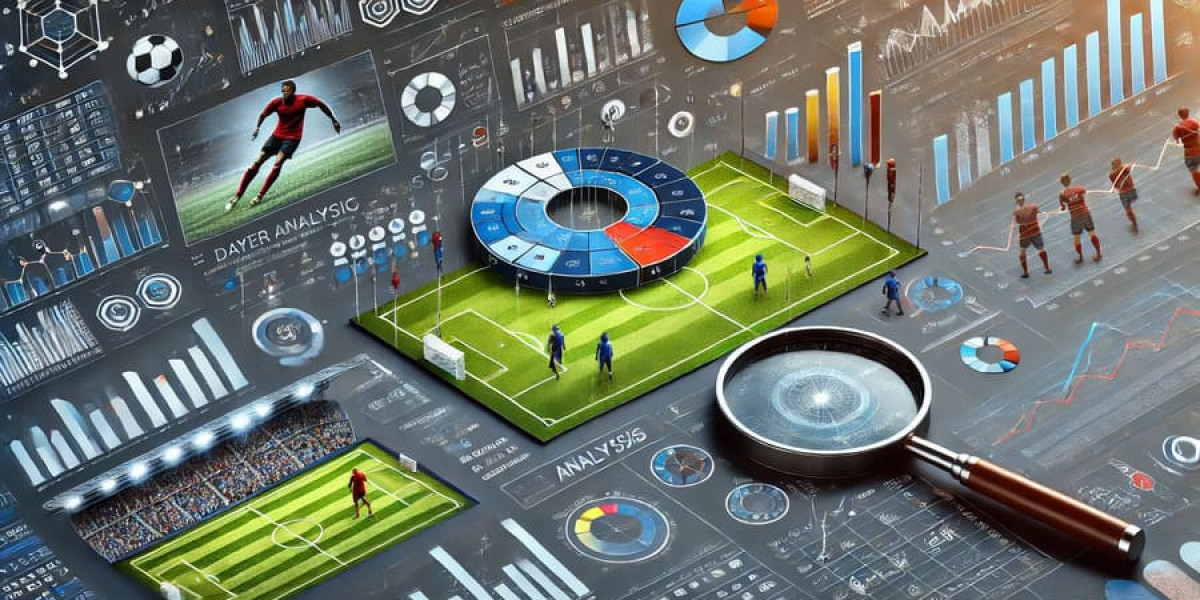
Vijay Gadepally, a senior employee at MIT Lincoln Laboratory, gratisafhalen.be leads a variety of jobs at the Lincoln Laboratory Supercomputing Center (LLSC) to make computing platforms, and the expert system systems that run on them, more effective. Here, Gadepally talks about the increasing usage of generative AI in daily tools, its surprise environmental impact, and some of the manner ins which Lincoln Laboratory and the greater AI neighborhood can reduce emissions for a greener future.

Q: What patterns are you seeing in terms of how generative AI is being used in computing?

A: Generative AI utilizes artificial intelligence (ML) to produce brand-new material, like images and text, based upon data that is inputted into the ML system. At the LLSC we create and construct a few of the biggest scholastic computing platforms in the world, and over the previous couple of years we have actually seen an explosion in the number of projects that need access to high-performance computing for generative AI. We're likewise seeing how generative AI is altering all sorts of fields and domains - for instance, ChatGPT is already influencing the class and the workplace quicker than regulations can seem to keep up.
We can imagine all sorts of usages for generative AI within the next decade or two, like powering highly capable virtual assistants, establishing brand-new drugs and materials, and even enhancing our understanding of fundamental science. We can't anticipate everything that generative AI will be used for, but I can certainly say that with more and more complicated algorithms, their compute, energy, and climate effect will continue to grow very quickly.
Q: What methods is the LLSC using to alleviate this environment effect?
A: We're constantly trying to find methods to make calculating more effective, as doing so assists our information center take advantage of its resources and allows our clinical coworkers to push their fields forward in as effective a manner as possible.
As one example, we've been decreasing the amount of power our hardware consumes by making basic changes, similar to dimming or turning off lights when you leave a space. In one experiment, we decreased the energy consumption of a group of graphics processing units by 20 percent to 30 percent, with very little effect on their efficiency, by implementing a power cap. This method likewise lowered the hardware operating temperatures, making the GPUs much easier to cool and mediawiki1263.00web.net longer lasting.
Another technique is changing our behavior fakenews.win to be more climate-aware. In the house, some of us may select to use renewable energy sources or smart scheduling. We are utilizing comparable methods at the LLSC - such as training AI designs when temperatures are cooler, or when local grid energy demand is low.
We likewise realized that a great deal of the energy spent on computing is often wasted, like how a water leakage increases your costs but without any benefits to your home. We established some brand-new methods that permit us to keep an eye on computing work as they are running and then end those that are unlikely to yield good results. Surprisingly, in a number of cases we found that the majority of calculations could be terminated early without jeopardizing completion outcome.
Q: What's an example of a job you've done that reduces the energy output of a generative AI program?
A: We just recently constructed a climate-aware computer vision tool. Computer vision is a domain that's focused on using AI to images; so, differentiating between felines and canines in an image, correctly identifying items within an image, or searching for components of interest within an image.

In our tool, we consisted of real-time carbon telemetry, which produces info about how much carbon is being released by our local grid as a model is running. Depending on this info, our system will instantly change to a more energy-efficient variation of the design, which usually has less parameters, in times of high carbon intensity, or a much higher-fidelity variation of the model in times of low carbon strength.
By doing this, we saw a nearly 80 percent decrease in carbon emissions over a one- to two-day period. We recently extended this concept to other generative AI tasks such as text summarization and found the exact same outcomes. Interestingly, the performance in some cases enhanced after using our method!
Q: What can we do as customers of generative AI to help reduce its environment impact?
A: As consumers, we can ask our AI providers to offer greater openness. For instance, on Google Flights, I can see a range of alternatives that indicate a particular flight's carbon footprint. We should be getting comparable kinds of measurements from generative AI tools so that we can make a conscious choice on which item or platform to utilize based upon our top priorities.
We can also make an effort to be more informed on generative AI emissions in general. A lot of us recognize with lorry emissions, and it can help to discuss generative AI emissions in comparative terms. People might be shocked to know, for example, that a person image-generation job is roughly comparable to driving 4 miles in a gas vehicle, or that it takes the same quantity of energy to charge an electrical automobile as it does to generate about 1,500 text summarizations.
There are numerous cases where consumers would be delighted to make a compromise if they knew the compromise's impact.

Q: What do you see for the future?
A: akropolistravel.com Mitigating the environment effect of generative AI is one of those issues that people all over the world are working on, and with a comparable goal. We're doing a lot of work here at Lincoln Laboratory, however its only scratching at the surface area. In the long term, information centers, AI developers, engel-und-waisen.de and energy grids will require to collaborate to supply "energy audits" to discover other distinct manner ins which we can improve computing effectiveness. We require more collaborations and more collaboration in order to advance.








